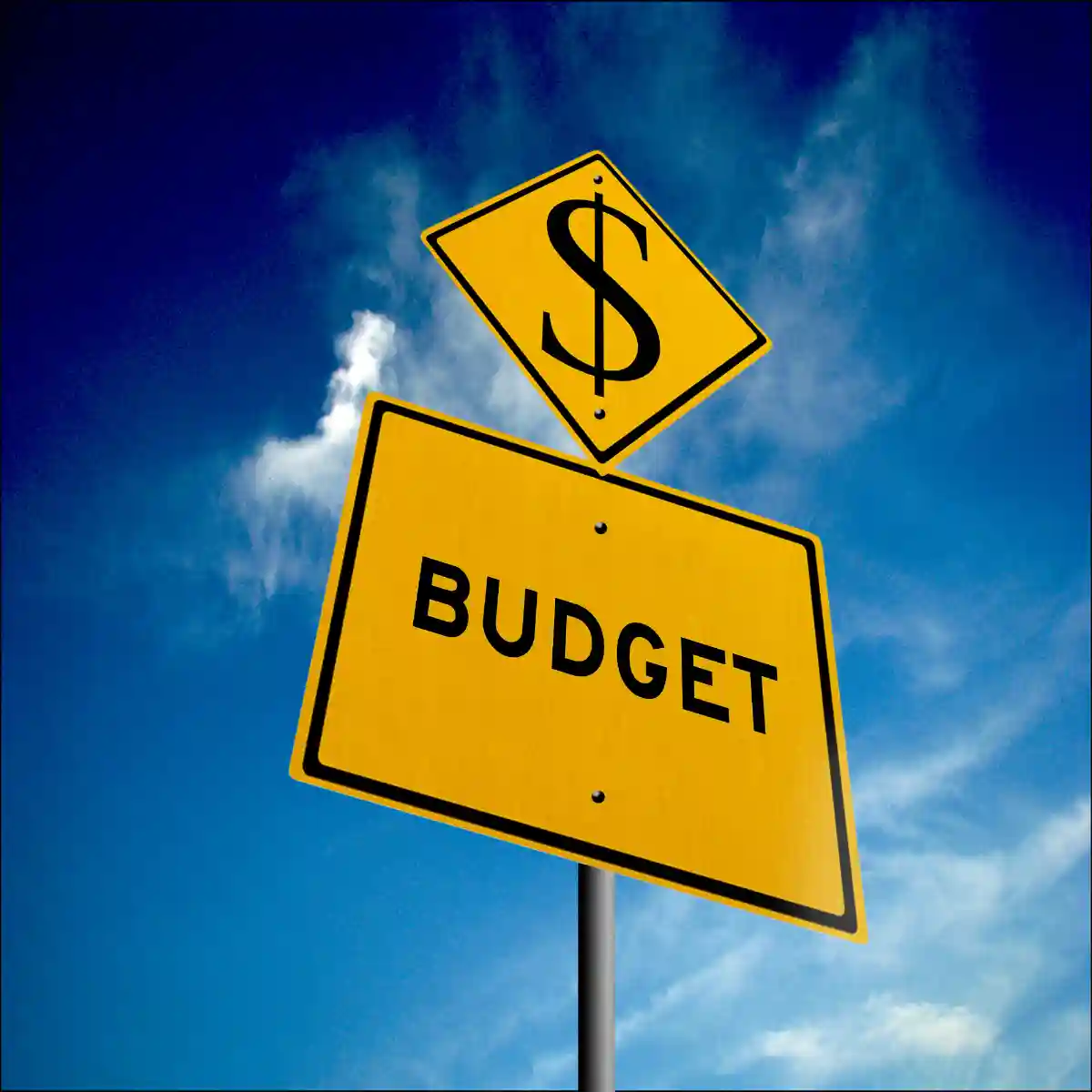Celiac.com 09/09/2024 – The popularity of gluten-free living has grown significantly in recent years, whether due to health conditions like celiac disease or as a personal health choice. Unfortunately, many people associate the gluten-free lifestyle with higher food costs, believing that it’s impossible to maintain without stretching their budgets. However, with a little planning and smart shopping, anyone can enjoy a balanced, gluten-free diet without breaking the bank. This guide explores affordable meal options and offers practical tips for cost-conscious gluten-free grocery shopping.
The Basics of Eating Gluten-Free
To understand how to eat gluten-free on a budget, it’s important to first grasp the essentials of the gluten-free diet. Gluten is a protein found in wheat, barley, and rye. Therefore, people following a gluten-free lifestyle avoid foods like bread, pasta, cereals, and baked goods made from these grains.
Key Ingredients to Avoid (see a full list of gluten ingredients😞
Wheat (including spelt, farina, semolina, and durum)
Barley
Rye
Malt
Brewer’s yeast
Naturally Gluten-Free Foods (see a full list of gluten-free foods😞
The good news is that many staple foods are naturally gluten-free and often budget-friendly:
Fruits and vegetables: Fresh, frozen, and canned options (without additives) are all gluten-free.
Rice: White, brown, wild, and even specialty types like jasmine or basmati rice are naturally gluten-free.
Legumes: Beans, lentils, and peas are excellent, affordable sources of protein.
Potatoes: Whether baked, mashed, or roasted, potatoes are a versatile and cost-effective gluten-free choice.
Corn: Cornmeal, popcorn, and corn tortillas can serve as excellent gluten-free alternatives to wheat products.
Oats: Certified gluten-free oats offer another affordable and filling option, especially for breakfast.
Affordable Gluten-Free Grocery Shopping Tips
Shopping gluten-free doesn’t mean you have to splurge on specialty products. Here are practical strategies for navigating the grocery store on a budget:
1. Focus on Naturally Gluten-Free Staples
Instead of filling your cart with gluten-free alternatives to bread and pasta, opt for naturally gluten-free foods like fresh produce, rice, beans, nuts, and lean meats. These staples are often more affordable and widely available, especially when compared to specialty gluten-free products.
2. Buy in Bulk
Many gluten-free staples such as rice, quinoa, and beans can be purchased in bulk at warehouse stores or the bulk bins in your local grocery store. Buying in larger quantities often reduces the cost per unit, making your money go further. Additionally, storing these items for long periods is easy since they’re non-perishable.
3. Shop Generic or Store Brands
More grocery stores are offering their own gluten-free product lines at lower prices than name-brand versions. These items, including pasta, bread, and snacks, are often just as good but come at a fraction of the cost. Look for “gluten-free” labels on store-brand products to save some cash.
4. Cook from Scratch
One of the best ways to reduce the cost of eating gluten-free is to cook meals at home using basic ingredients. Instead of buying premade gluten-free items, which are often more expensive, try making your own bread, snacks, and meals. It’s easier than you think and can save you a lot of money in the long run.
Budget-Friendly Gluten-Free Meal Ideas
When planning gluten-free meals, focus on versatility, nutrition, and affordability. Here are some budget-friendly meal ideas for breakfast, lunch, and dinner:
Breakfast Options:
Oatmeal: Certified gluten-free oats are an affordable breakfast option. Add fruit, nuts, or a dollop of peanut butter for extra flavor and nutrition.
Egg-based dishes: Eggs are naturally gluten-free and a great source of protein. Try scrambled eggs, omelets with leftover veggies, or boiled eggs for a quick, easy breakfast.
Smoothies: Blending frozen fruits, a handful of spinach, and a spoonful of yogurt or nut butter makes for a nutrient-packed, gluten-free breakfast at a low cost.
Lunch Ideas:
Rice bowls: Combine cooked rice (or quinoa) with beans, roasted vegetables, and a simple dressing or salsa. This makes a filling, nutrient-dense lunch for minimal cost.
Salads: Lettuce, spinach, or kale-based salads with veggies, beans, hard-boiled eggs, and a simple homemade dressing can be both delicious and inexpensive.
Gluten-free wraps: Opt for gluten-free corn tortillas or homemade gluten-free wraps filled with hummus, leftover chicken, or veggies for a portable lunch option.
Dinner Ideas:
Stir-fry: Use rice as a base and toss in whatever vegetables you have on hand with soy sauce or tamari for a simple and tasty gluten-free dinner.
Chili: A hearty chili made with beans, tomatoes, and ground meat is naturally gluten-free and affordable to make in large batches. You can freeze the leftovers for future meals.
Baked potatoes: Top baked potatoes with your choice of toppings like cheese, broccoli, beans, or leftover meats for a budget-friendly, customizable dinner.
Affordable Gluten-Free Snacks
Snacking gluten-free doesn’t have to mean buying pricey, packaged snacks. Here are some budget-friendly snack ideas that are naturally gluten-free:
Popcorn: Buy popcorn kernels in bulk and pop them yourself for an inexpensive, gluten-free snack.
Rice cakes: Look for plain, unsweetened rice cakes, which are a versatile snack you can top with peanut butter, avocado, or hummus.
Fruit and nuts: Fresh fruit or a handful of almonds or sunflower seeds provide healthy, gluten-free snacking options.
Homemade trail mix: Combine nuts, seeds, and dried fruit to make your own gluten-free trail mix, saving money by avoiding expensive prepackaged versions.
Maximize Savings with Meal Planning
Planning your meals in advance is one of the most effective ways to stay within your budget while eating gluten-free. By preparing a weekly meal plan and grocery list, you can avoid impulse purchases and make sure you’re using ingredients that are already in your pantry.
Tips for Effective Meal Planning:
Use what you have: Before shopping, take an inventory of your pantry and fridge. Plan meals around items you already have to reduce waste and expenses.
Batch cooking: Cook larger portions of meals like soups, casseroles, or stews so you can freeze leftovers or eat them throughout the week.
Keep it simple: You don’t need fancy, complicated recipes to eat well on a gluten-free diet. Focus on simple, nutrient-dense meals that use fewer ingredients to keep costs down.
Conclusion
Eating gluten-free on a budget is entirely achievable with a bit of planning and creativity. By focusing on naturally gluten-free foods, shopping smartly, and cooking at home, you can enjoy a varied and healthy gluten-free diet without overspending. Whether it’s breakfast, lunch, or dinner, affordable gluten-free meal options are readily available, and with the right approach, you can nourish yourself without stretching your wallet.
Source link



